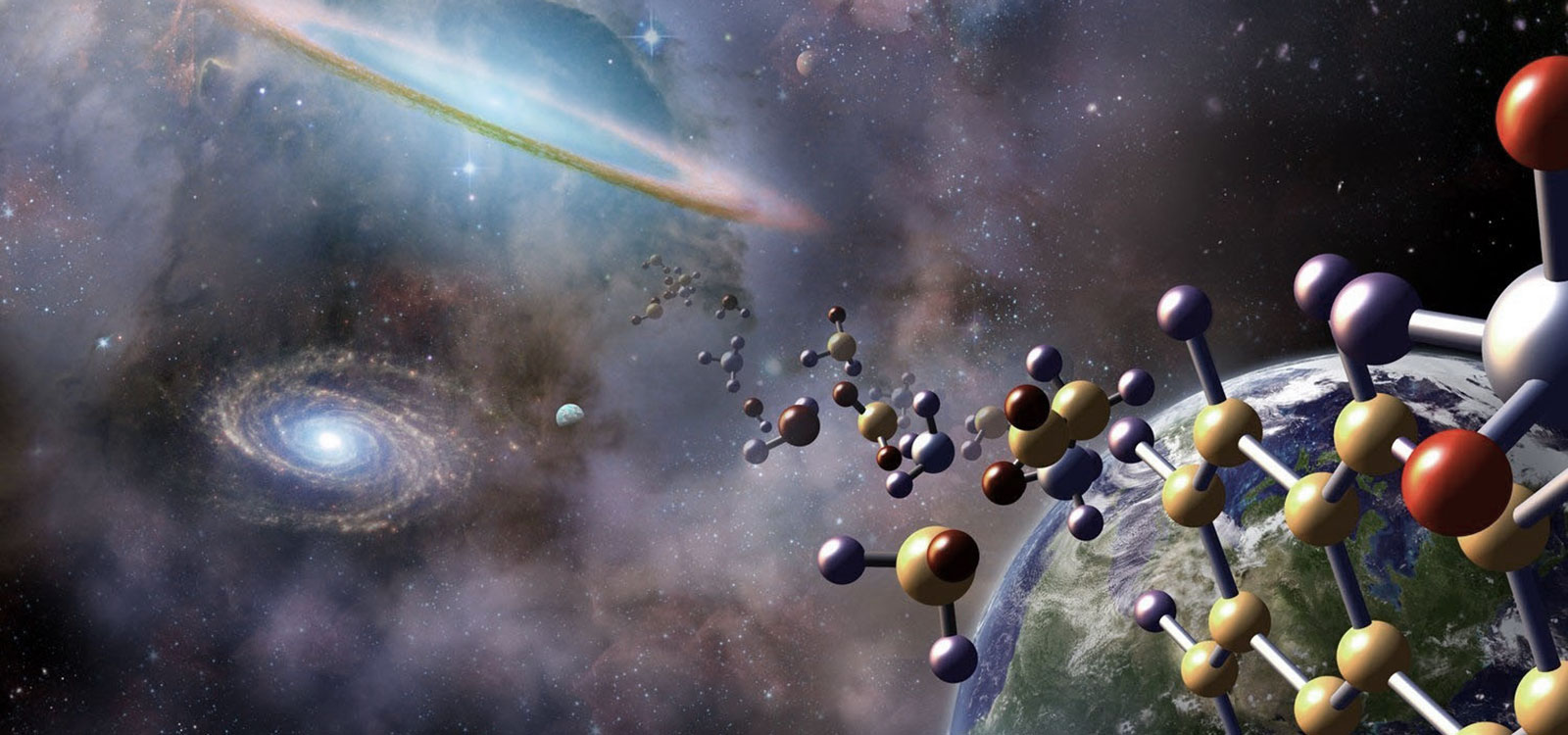Use the plotting tool below to generate simulated OST/OSS spectra for a Proto-Planetary Disk (PPD) and a starburst galaxy. The PPD model (courtesy of K. Pontoppidan) is for a disk around a 1 Solar Mass pre-main sequence star. The model includes emission from water vapor and HD, and is based on detailed fits to Spitzer and Herschel spectra of disks in nearby star-forming regions, including RNO 90 and AA Tau. You can find the HD 1-0 line, to be used for total gas mass measurements, near 112 microns. The starburst galaxy is based on the emission line spectrum and SED of NGC 6240, a nearby luminous infrared galaxy, as measured with the Spitzer and Herschel space telescopes.
The tool will allow you to vary the distance (PPD) or redshift (starburst galaxy), background level, luminosity (starburst galaxy), and integration time. In addition, for the PPD spectrum you can select from either low (R=300) or high (R=43000 x 112 microns/wavelength) resolution.
Small tick marks on the bottom of the displayed spectrum show (via mouse-over) the wavelength, line ID, and SNR of detected lines, as well as the sensitivity at that wavelength. A SNR threshold of 10 (5) is applied for this line identification, to avoid confusion in the PPD (starburst) spectrum.
Placing your mouse inside the spectral window brings up a variety of display tools that let you manipulate the plot. In addition, you can zoom in on any portion of the spectrum by dragging the mouse to highlight a box, or selecting the wavelength range of interest using the slider directly below the plot. Double-clicking inside the plot window will reset the autoscale feature.
If the plot is having trouble loading, you can access it directly here.
Backgrounds have been generated using an updated Background Model tool available from the Euclid NASA Science Center at IPAC, which is appropriate for an L2 orbit.
For the PPD spectrum, the background locations are:
- High: (Orion core): RA= 84, DEC= -5
- Medium: (Ophiucus off-core): RA= 248, DEC= -16
- Low: (TW Hya): RA= 165, DEC= -35
For the starburst galaxy, the background locations are:
- High: RA= 91, DEC= 23
- Medium: RA= 350, DEC= 40
- Low: RA= 270, DEC= 66
A detector NEP of 2x10-20 W/sqrt Hz is used. The telescope emissivity and temperature are set to 0.03 and 4.5K, respectively. OSS instrument transmission is 25%.

